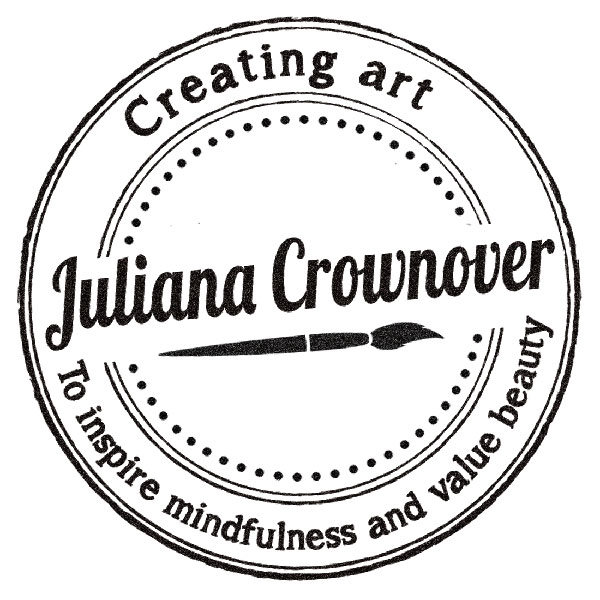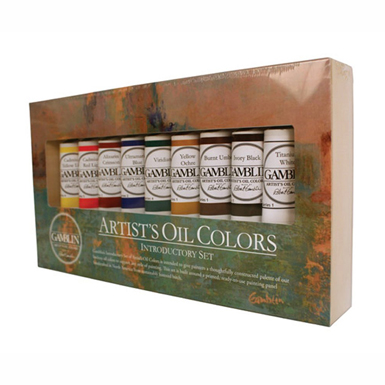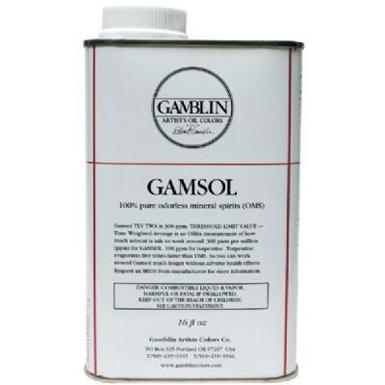CLASS SUPPLY LISTS
Supply lists for my pastel and oil workshops are listed below. Click on images or other links to purchase from Amazon.Pastel Workshop Supply List
PASTELS
You will need a large range of colors and several values in each of those colors of pastel sticks. Please unwrap each stick before you arrive. 1/2 pastel sticks are fine to use, so if you want to split boxes of pastels with a friend you can get twice as many colors for your money. (I am happy to connect members of the class interested in splitting sets of pastels, let me know if you are interested).
Nupastel box of 96 is a great box, it has a good range of colors and values please get at least this box or equivalent.
In addition to the box of Nupastels, there are many brands of softer pastels that come in beautiful “usable” colors (more natural less crayola). The benefit of painting with pastels is the depth of color, and having some softer pastels in addition to harder pastels (like Nupastels) allow you to add many layers. My favorite of these softer brands is Great American. I recommend getting a collection box (southwestern landscape, or plein air, etc) This will give you a good range of color and values.
There are many other good brands of softer pastels: Terry Ludwig, Sennelier (half stick Paris collection), and Unison to name a few.
PAPER
Please bring at least 4 sheets per day of sanded paper. I use UArt 400-600 grit, and Ampersand Pastel board for my bigger paintings. I use wet dry sandpaper (from the hardware store) 500 grit for my smaller paintings. These wet dry sheets are 9×11″, I use them for 8×10″ and 5×7″ paintings (I will have these for sale for 50 cents a sheet if you would like to purchase some from me, just let me know).
SUPPORT
A smooth surface like GATOR-BOARD or Masonite work well. Make sure your support is large enough to allow for a few inches of border all around your pastel surface. GatorBoard is available in white or black. In brightly lit situations, black is preferable. Masonite boards are also OK. Sheets of tracing paper or glassine may be used to protect the pastel painting surfaces for transport.
OTHER SUPPLIES
A journal, sharpie, pen, and pencil
a bristle brush for under paintings
a small empty jar for denature alcohol
Denatured alcohol (from hardware store)
A smock or apron
Artist’s masking tape
pencil, pen, marker, small notebook for studies
baby wipes
water bottle, hat, insect repellent, and sunscreen
Disposable gloves (optional)
Photos
I have a big box of reference photos you are welcome to work from. If you have some 4″x6″ photos you would like to contribute to the box I would be delighted! You are welcome and encouraged to work from your own photos, printed or on a tablet.
App
I use an app called “NotanIzer”, which is available on iOS and Android. It costs $2 and is helpful but by no means required.
Oil Workshop Supply List
Here are the supplies I use for oil painting, If you are an experienced painter, bring what you like to use.PAINT
I enjoy having a few tubes of colors that are premixed, the extra colors I choose have to do with my location and mood. I find color is very personal, and suggest choosing extra colors intuitively. I tend to see a lot of orange and yellow in the world around me. My extra colors are currently: Naples yellow, transparent orange, Violet, and warm grey.
Big tube of titanium white (or several smaller tubes)
Alizarin crimson
Cadmium red light
Cadmium yellow light
Olive Green (optional)
Viridian (optional)
Greenish Umber (optional)
Cerulean Blue (Hue Ok)
Ultramarine blue
CLEANING
One tube gamblin solvent free gel medium
I love this to thin and help my paint dry quickly, it is very glossy and makes paint more transparent. It has a very similar consistency to oil paint. You cannot save it from session to session like oil paint, so I squeeze out a toothpaste sized amount at a time. A small tube lasts me months.
Gamsol or other odor free medium to wash brushes and thin paint.
You can use any ODORLESS spirits. It is cheaper at the hardware store. If you use it to thin your paints, as I sometimes do, this won’t make your colors as flat. The more you buy the more cost effective it becomes. I use between 8-16 oz for a 5 day workshop.
I use a Lindseeed oil soap to clean my brushes.
I use a Lindseeed oil soap to clean my brushes
BRUSHES AND PALETTE
Brushes, Minimum Flat or filbert bristle: sizes: 2, 6, 8 (optional 10)
Palette: This can be wooden or disposable palette paper. I use a New Wave wooden palette, or a grey disposable palette pad.
at least one palette knife
The brushes I highly recommend (Rosemary and co) are British and hard to find in the US. They can be ordered here:
Here is a blog post I wrote about my favorite brushes.
SUPPORTS / WET PANEL CARRIER
Please bring at least 12 panels and wet panel carriers to match the size of your supports. You can work 5×7, 6×6, 6×8, 8×8, 8×10, 9×12, or 11×14. My favorite panels are Ray Mar feather weight panels, but they are pricey so I often supplement with cheaper panels. If you are new to oils, I recommend working smaller, no bigger than 8×10. I like to bring a variety of sized panels to match my energy level and time constraints that I have with each painting session.
Unless you KNOW your painting style is VERY THIN, assume that your paintings will all be wet heading home. Make a plan to get them home safely. I do this by bringing wet panel carriers to fit my paintings. The most I have painted in a week long painting trip was 18 paintings. I painted: four 8×8″, six 8×10″, two 9×12″, two 11×14″, four 5×7″ Before I leave for a painting trip, I load all my dry panels into my wet panel carriers, so I can make sure I can get them all home safely. Buy your panel carriers and panels sized to match.
OTHER SUPPLIES
Apron
Paper towels or tissues (at least two rolls or boxes)
A small Jar or container for gamsol.
Pen, pencil, and sketchpad or notecards. Something to do a value sketch with. (I use a pencil and a sharpie, or grey scale markers.)
Disposable gloves (optional)
For plein air plan to dress in layers. Assume it will feel both hotter and colder than you think. It is really hard to paint if you are physically uncomfortable.
Viewfinder (optional)
Hat or visor
An easel is required for plein air painting. Some people like to bring a stool or chair.
Photos
I have a big box of reference photos you are welcome to work from. If you have some 4″x6″ photos you would like to contribute to the box I would be delighted! You are welcome and encouraged to work from your own photos, printed or on a tablet.
App
I use an app called “NotanIzer”, which is available on iOS and Android. It costs $2 and is helpful but by no means required.
How to Fly with Oil Paint
If you plan to fly to one of my classes, please read this helpful and well-written article on flying with oil paints, written by Thomas Jefferson Kitts. He discusses which painting supplies you can bring on a plane and how to do so.













